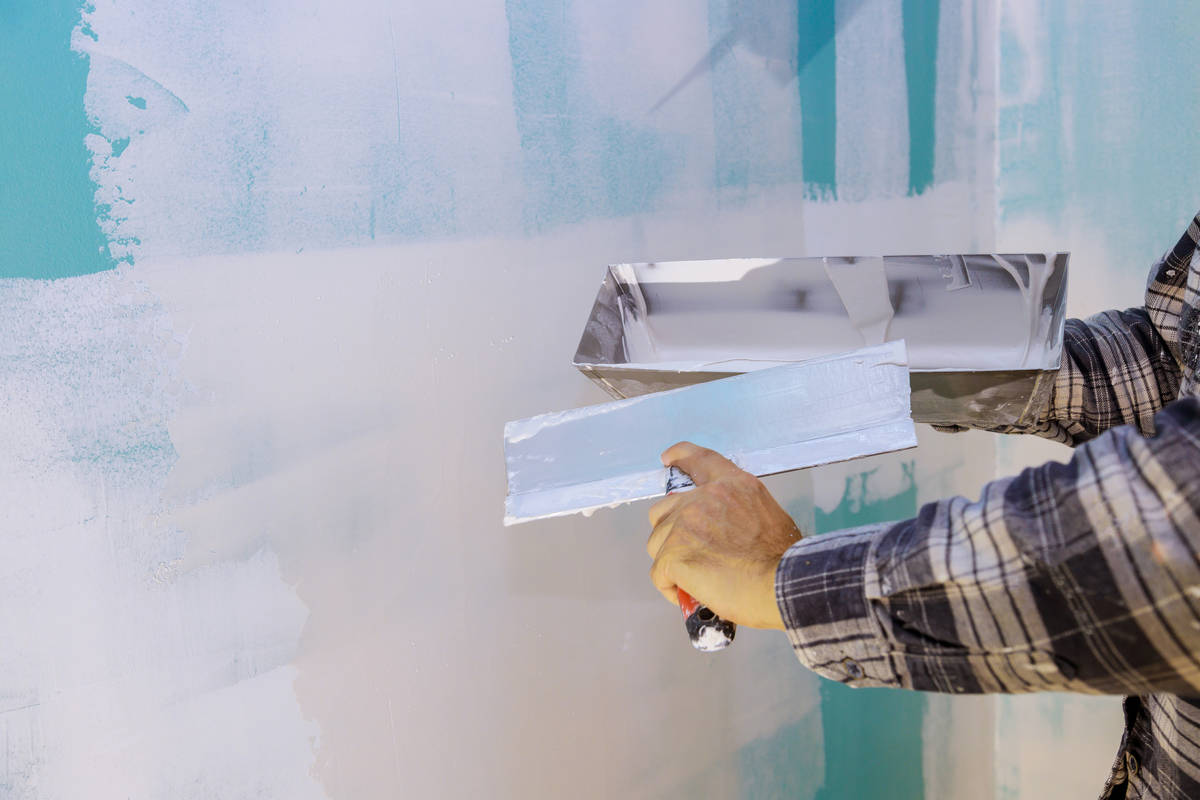Drywall nails usually involved in nail pops

Q: I have been planning to paint a bedroom for several months now, but I’ve spotted a problem. Various dimples are popping up on the walls. I have tried to repair them by putting spackle in there, but they always return. I’m tired of fixing these, so what can I do?
A: You have a case of the dreaded nail pops, and they make your drywall look like it caught chickenpox. These blemishes appear on the drywall and may be dimpled or bulged. Smoothing out the surface of the wall will certainly not fix the problem; it will only make it go away for a while.
Nail pops are caused by movement in either the drywall or the wood stud behind it. It may be that as the stud dried out, it shrank and created space between it and the drywall. It may also be that during the original installation of the drywall, the installer got a little sloppy and didn’t properly secure them together. In the process, he left a little slack between the two surfaces.
It is usually the case that drywall nails are involved in nail pops (hence the name), but screws can occasionally be seen. When a drywall nail or screw is driven into the drywall, it is placed just under the surface of the wallboard. Drywall joint compound is then floated over the divot to create a smooth, seamless surface.
However, if there is a space between the surfaces, it won’t take much to make a nail pop. Factors such as time, doors slamming and hanging pictures can all cause it. Even repairing a current nail pop could cause additional ones to appear by pushing on the wall. Sometimes this movement will cause the joint compound on top of the nail head to push out and create a bump, and sometimes the drywall will pull outward and create a divot.
So how do you make it go away?
If the nail is sticking out of the drywall to the point where you can grab it, pull it out. If you have a bulge, you will have to use a sharp utility knife and cut it out the bulge, but only remove as little as necessary because you don’t want to damage the paper.
Use 1¼-inch drywall screws and screw one a few inches above and below the blemish. Buy screws that have coarse threads rather than fine threads as they have a bit more “grab” to them. Turn the screws until they just sink below the surface of the drywall but not so deep that they cut through the drywall paper.
If you can run a putty knife over the area and not hear a “click” of the putty knife contacting the head of the screw, then the depth is fine. The screws should sink into the wall stud. and as you screw them in, make sure to push against the drywall so that there is no space between the surfaces, then there won’t be any movement in the future.
Now that the screws are in, use a putty knife and fill in the depressions left by the repair. You may need to apply a few coats of joint compound if it shrinks. When the compound is dry, you can sand it smooth, texture it and then begin the paint job.
Mike Klimek is a licensed contractor and owner of Las Vegas Handyman. Questions may be sent by email to handymanoflasvegas@msn.com. Or, mail to 4710 W. Dewey Drive, No. 100, Las Vegas, NV 89118. His web address is www.handymanoflasvegas.com.